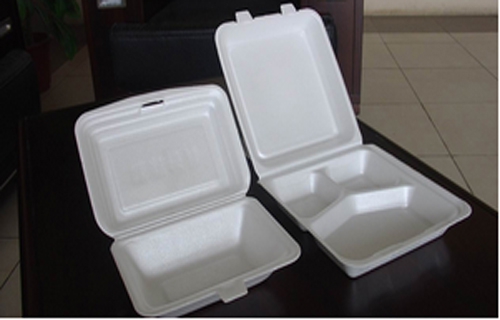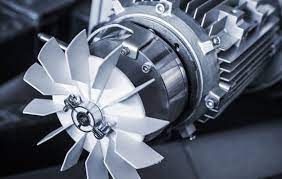Researchers at the University of Warwick, UK have devised a new technique which could process 100% of Christmas and other household plastics instead of the tiny fraction that currently actually gets processed – typically only 12% of such waste is truly recycled, often the rest is put into land fill or simply burnt as fuel.

The new process can cope with every piece of plastic waste and can even break some polymers such as polystyrene back down to its original monomers (styrene in the case of polysterene).
The Warwick researchers have used support from AWM’s Science City funding devised a unit which uses pyrolysis (using heat in the absence of oxygen to decompose of materials) in a “fluidized bed” reactor. Tests completed in the last week have shown that the researchers have been able to literally shovel in to such a reactor a wide range of mixed plastics which can then be reduced down to useful products, many of which can then be retrieved by simple distillation.
The products the Warwick team has been able to reclaim from the plastic mix include: wax that can then be used as a lubricant; original monomers such as styrene that can be used to make new polystyrene; terephthalic acid which can be reused in PET plastic products; methylmetacrylate that can be used to make acrylic sheets; carbon which can be used as Carbon Black in paint pigments and tires; and even the char left at the end of some of the reactions can be sold to use as activated carbon at a value of at least £400 a ton.
The lead researcher on the project, University of Warwick Engineering Professor Jan Baeyens, said: “We envisage a typical large scale plant having an average capacity of 10,000 tons of plastic waste per year. In a year tankers would take away from each plant over £5 million worth of recycled chemicals and each plant would save £500,000 a year in land fill taxes alone.”
Source : www.adsalecprj.com




